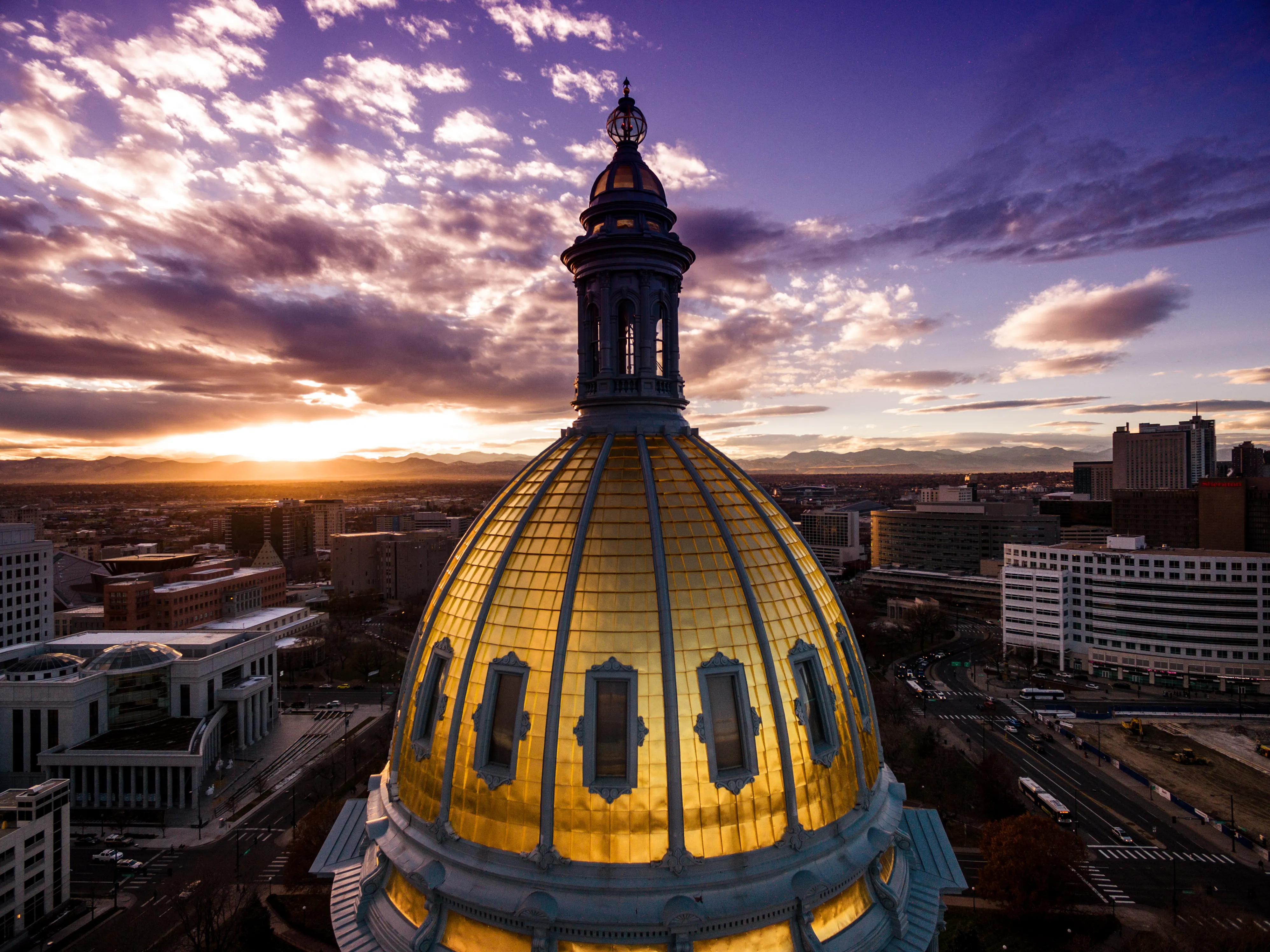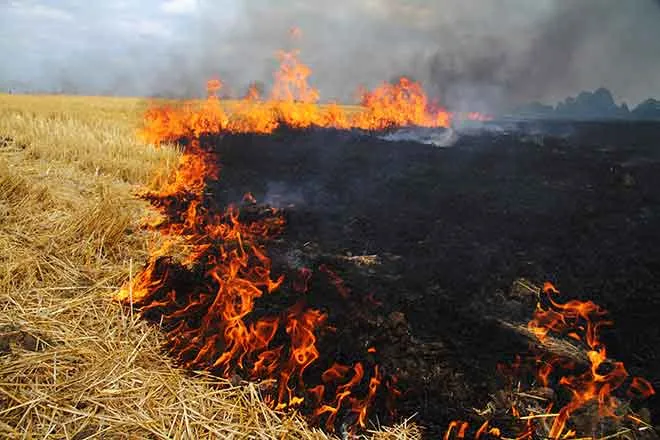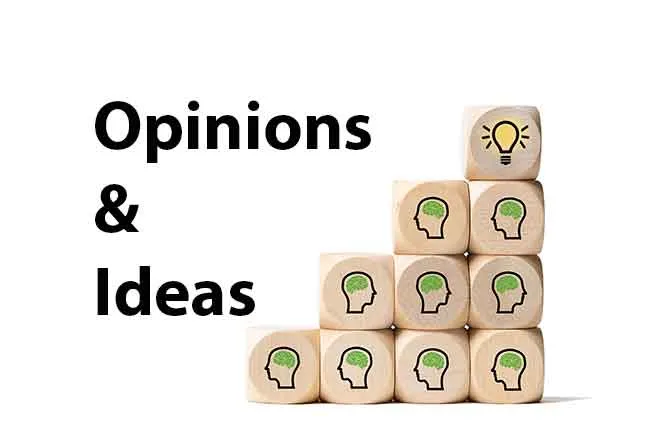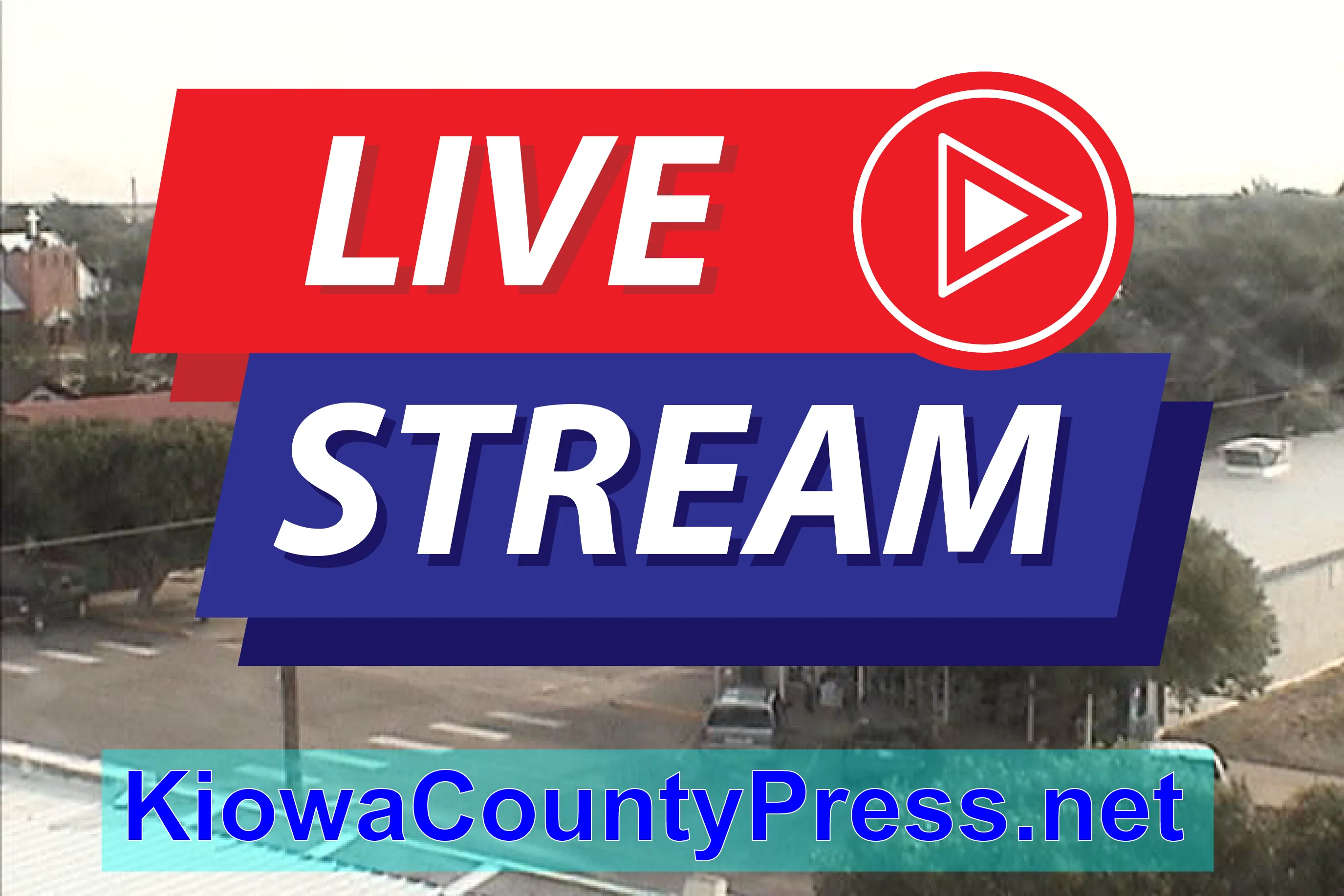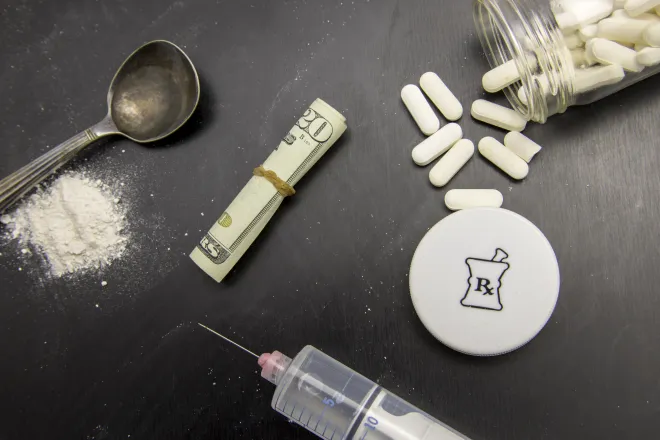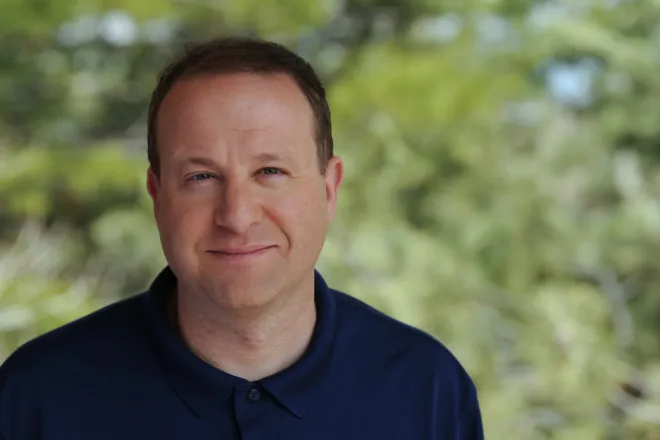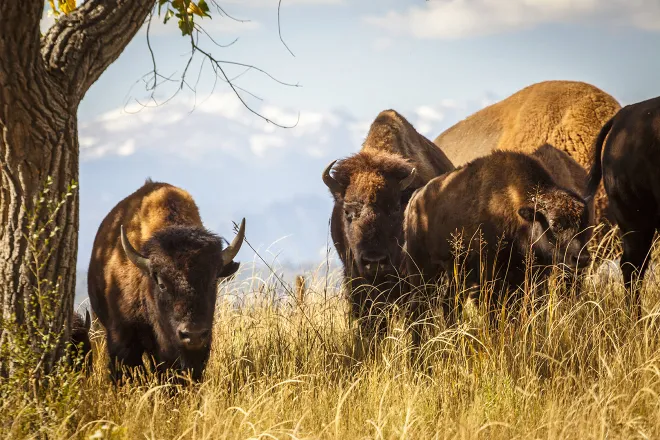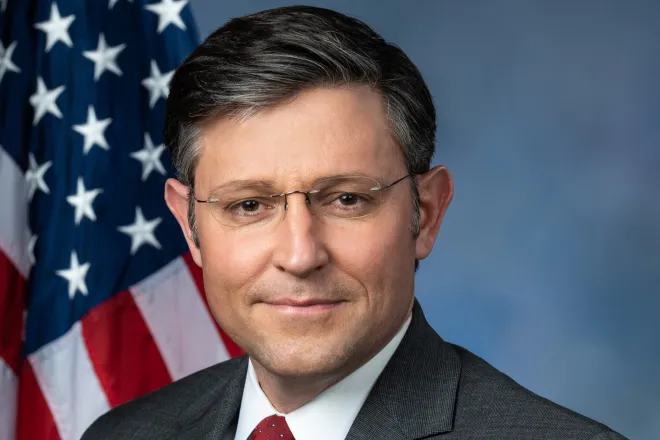
After another backslide on ozone pollution, the stakes are high for Colorado’s air in 2025
The cold winter months may bring temporary relief from Colorado’s long-running ozone pollution problem, but it’s crunch time for air quality planners and regulators hoping to finally clear the air along the northern Front Range.
With 2024 in the books, state officials are a third of the way through a three-year process they’ve promised will bring the region into compliance with health standards set by the Environmental Protection Agency.
It wasn’t a good start.
Concentrations of ozone measured by Front Range monitoring stations exceeded EPA limits on 41 different days in 2024, according to data from the Regional Air Quality Council. That’s the highest number since 2021 and worse than all but two ozone seasons in the last 11 years.
Ozone is a hazardous air pollutant formed by a chemical reaction between sunlight and certain so-called precursor pollutants, including nitrogen oxides and volatile organic compounds. In addition to naturally-forming or “background” ozone originating in other states and even overseas, local sources — more than enough to put a nine-county region in and around Denver chronically over the limit in the summer months — include emissions from cars and trucks, industrial facilities, and the oil and gas sector.
Colorado has struggled to meet the EPA’s ozone standards for decades. The agency grades states on a three-year cycle, and currently applies two different ozone limits: a 75 parts per billion threshold established in 2008, and a stricter 70 ppb limit set in 2015. In regulatory parlance, the state is out of “attainment” for both standards, with high-ozone days along the Front Range regularly reaching 80 ppb or higher. Failing to attain the standards gradually triggers stricter EPA rules in a given area, like Colorado’s new requirement for cleaner-burning gasoline to be sold during the summer in and around Denver.
Two years ago, when Colorado officials submitted their most recent plan for attaining ozone standards to the EPA, they did so knowing they’d fail the test during the three-year cycle ending last year. Instead, they said, they would come back to the state’s Air Quality Control Commission with a new plan to achieve both standards in the period from 2024 to 2026, setting the stage for “attainment” to be formalized in 2027.
But 2024’s ozone backslide was bad enough that that goal is already in serious doubt. The EPA assesses compliance based on averages over the three-year period, so even meeting the looser 2008 standards by 2027 would require Colorado to pull off a sudden and unprecedented turnaround.
“Pretty much without exception, you have to measure in the low 70s … in each of the next couple of years,” said RAQC planning director Tom Moore during an October meeting. “We need to actively begin getting additional emissions reductions in 2025, and continuing in 2026, so that we have a fighting chance.”
Turning to what it would take for the state to meet the stricter 70 ppb limit by 2027, Moore let out a weary chuckle, and called it a “tough one.”
“Not a huge amount of good news there,” he said.
New programs
To continue chipping away at the ozone problem in 2025, the RAQC has launched two new programs aimed at reducing emissions from cars and trucks.
The Clean Air Auto Repair program will work with state vehicle emissions testing facilities to offer no-cost replacements and repairs for faulty catalytic converters, oxygen sensors, fuel leaks and other common emissions-related car problems. Drivers can review eligibility requirements and apply on the program’s website.
“Colorado is all-in for EV conversion, but that transition will take a generation,” Jacob LaBure, a RAQC program coordinator, said in a press release. “In the meantime, we need to minimize emissions from older gas and diesel cars as much as possible. This program is repairing some of the highest polluting passenger vehicles on the roads, improving air quality and protecting the health of those around high polluting cars.”
The RAQC’s Engines Off campaign is also providing grants of up to $20,000 for food trucks and other mobile businesses to upgrade to zero-emissions equipment. It joins other agency programs that offer vouchers for the replacement of gas-powered lawn equipment, another leading source of local ozone pollution.
Colorado eyes stricter limits on ‘ozone precursors’ from oil and gas operations
The AQCC, which has the final say on which pollution rules the state adopts, voted unanimously on Dec. 20 to enact new regulations aimed at limiting emissions from so-called “midstream” facilities in the oil and gas sector.
The commission is set to finalize another rule, enacting stricter requirements for leak prevention at oil and gas sites, at its February meeting. If adopted, the rule would be phased in, with the highest priority given to upgrading equipment within the ozone nonattainment area by 2027.
Planners at the RAQC, which is governed by a board of local government officials and members of the public from the northern Front Range, want to see the state go further. They’ve formally requested that the air quality commission pass more aggressive rules phasing out gas-powered lawn equipment and targeting certain high-emissions activities, known as venting and blowdowns, in the oil and gas sector. So far, the state hasn’t pursued either policy.
In the first half of 2025, the RAQC plans to develop a comprehensive slate of emissions reduction policies to be submitted to the state alongside its next attainment plan, set to begin in July.
In addition to the agency’s previous recommendations, the slate could include ideas currently under development, like a series of “mobile source emission targets” to better define the progress that the state needs to make cutting pollution from cars and trucks. Reducing emissions from the transportation sector has consistently been a challenge for Colorado, and the targets would be “something new and different,” RAQC director Mike Silverstein said in a Dec. 18 meeting.
“This would be, ‘Here are the emissions targets by vehicle class over time, and here is the target emission reduction by vehicle class that needs to be achieved to allow us to meet our overall goals,’” Silverstein said. “And then if those targets are not being achieved, what the recommended emissions control approach would be.”
‘More political leadership is needed’
Colorado has struggled for so long bring its ozone problem under control that its approach has become a subject of academic inquiry.
An article published in November by two University of Colorado researchers in the Journal of the Air & Waste Management Association — “Ozone management in Colorado: Why aren’t we there yet?” — concluded that structural problems and a lack of both funding and political leadership have added up to decades of failure.
“More resources spent on modeling, including conducting robust sensitivity analyses and improving emissions inventories could provide the state with a more accurate picture of the efficacy of different strategies to achieve the ozone (standards),” the authors wrote. “Because most low-hanging fruit have already been implemented to bring the region into attainment, more political leadership is needed to make difficult decisions to mitigate emissions from industry — such as more rigorous controls for (oil and gas) operations and transportation.”
As Gov. Jared Polis enters his final two years in office, Colorado’s ozone seasons are roughly as bad as they were when he was elected. The Democratic governor has pushed the oil and gas industry to do more, including with a 2023 executive order mandating cuts of ozone precursor emissions, but his administration has also resisted measures like the lawn equipment phaseout and a program requiring large employers to encourage multimodal commutes.
Opposition from the Polis administration and industry groups has also frequently spelled the end of more aggressive ozone measures taken up by the state Legislature. A 2024 proposal to prohibit oil and gas operators from conducting high-emission drilling and fracking activities during the summer ozone season was just the latest measure to win support from many Democratic lawmakers but fail to make it to Polis’ desk. Along with other proposals, including a series of competing ballot initiatives, it was withdrawn in a compromise aimed at providing “regulatory and legislative certainty” to the oil and gas industry.
On at least one count, certainty has been achieved: Barring a miracle, Colorado will certainly fail to meet EPA ozone standards for the three-year cycle ending in 2027, just like it failed to meet them for 2024.
But in air quality planning, as in sports, there’s always next time around. A slide presented at the latest RAQC meeting prominently featured a column previewing what’s to come: “Potential to reduce emissions via longer-term strategies in the 2027 through 2030 timeframe.”
Colorado Newsline is part of States Newsroom, a nonprofit news network supported by grants and a coalition of donors as a 501c(3) public charity. Colorado Newsline maintains editorial independence. Contact Editor Quentin Young for questions: info@coloradonewsline.com.



